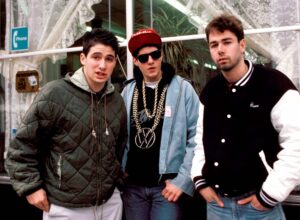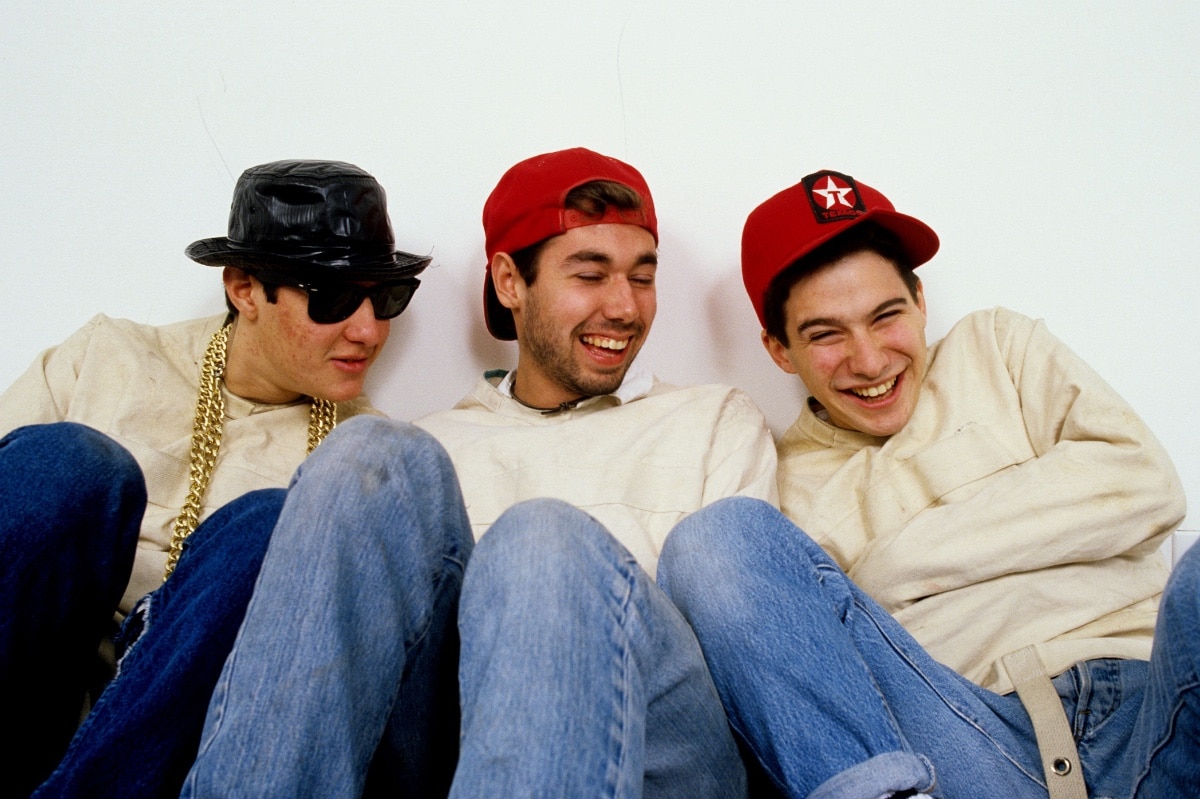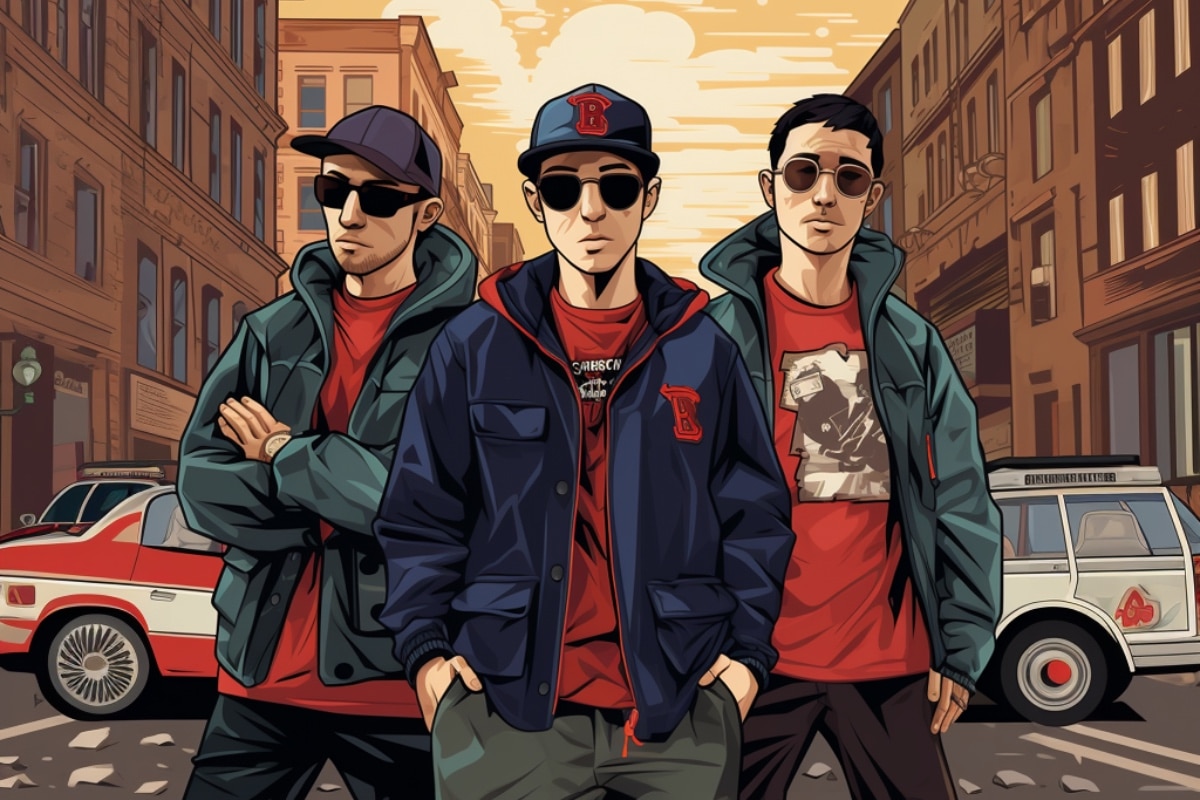Released: 1986
“Paul Revere” by Beastie Boys is an audacious, narrative-driven track which incorporates the trio’s classic humour while delineating an action-filled tale of outlaws on the run, complete with horses (referencing the American Revolution historical figure), guns, beer, and parties. The song’s braggadocious style is a hallmark of Beastie Boys; they’re the proverbial rogue cowboys stampeding through the Wild West of hip-hop.
The song kicks off with Ad-Rock introducing himself, MCA and Mike D as three “bad brothers”. This wink-nod nod to old western outlaws sets the tone for the rest of the song as they spin a tale of comic-book bravado, set in a time before their fame – “way back in history”. The use of “Paul Revere”, one of America’s biggest historical figures, is symbolic, used as the name for Ad-Rock’s horse in the fictionally staged old West scenario.
As the story unfolds, Ad-Rock talks about ridin’ across the land, kickin’ up sand, suggesting they’re troublemakers stirring up a fuss. The sheriff’s posse is after him, a clear indication that they’re rebels, outsiders looking in. He’s all alone and the heat – both literal and metaphorical, is bearing him down.

Enter MCA, a phrase used both to introduce the Beastie and as his actual name in the narrative. They meet through sheer happenstance, a chance encounter that leads Ad-Rock to offer MCA a swig of beer. The tension builds with MCA pulling a shotgun on Ad-Rock. However, instead of a quick, violent end, MCA flips the narrative, establishing himself as the top dog—”I run this land, you understand? I’ve made myself clear”.
Ad-Rock, showing a strong spirit characteristic of the Beastie Boys, fearlessly steps into the wind, equipped with a grin while MCA holds the gun, suggesting he’s unfazed and still game for the adventure.
Next, MCA offers Ad-Rock two choices – die or ride along, another testament to the trio’s penchant for spin-doctoring risky situations into opportunities, a nod to their rise in the music industry. And ride along Ad-Rock did, while flipping the narrative once again with a hilariously crafted alibi: he’s on the run for what he did to the sheriff’s daughter “with a whiffleball bat”.
The story then segues into a party scene, led by King Ad-Rock, a self-proclaimed ruler of his own kingdom. The party scene is rife with braggadocio and comical grandeur, replete with bumpin’ beats and hot “girlies”, a typical trope from that era of hip-hop. The scene peaks with Mike D joining the fracas, creating a ruckus, and establishing his own dominance with a burst of gunfire in the air.
In the climax, the trio assert their significance by demanding respect, cash, and jewelry. Beastie Boys cleverly use this audacious segment as a metaphor for their own impact on hip-hop, demanding acknowledgment and reaping the rewards of their hard-earned fame. The violence meted out to the piano guy and his friend gets a laugh-out-loud twist with the words “he got dropped”.
The narrative rounds off with the triumphant looting by the trio. Mike D grabs the money, MCA snatches the gold, and Ad-Rock, in a classic Beastie manoeuver, departs not with loot, but with “two girlies and a beer that’s cold”.
So, in summation, “Paul Revere” is a brilliant fusion of the Beastie Boys’ playful rebelliousness and their hardcore, rambunctious hip-hop persona. They take a familiar narrative of outlaws on the run, stamp it with their own indelible brand of humour and audacity, thereby creating an unforgettable hip-hop narrative. It’s not just a commentary on their rise to fame; it’s a testament to their ability to take command of the narrative, both in the song and the wider world of hip-hop.








